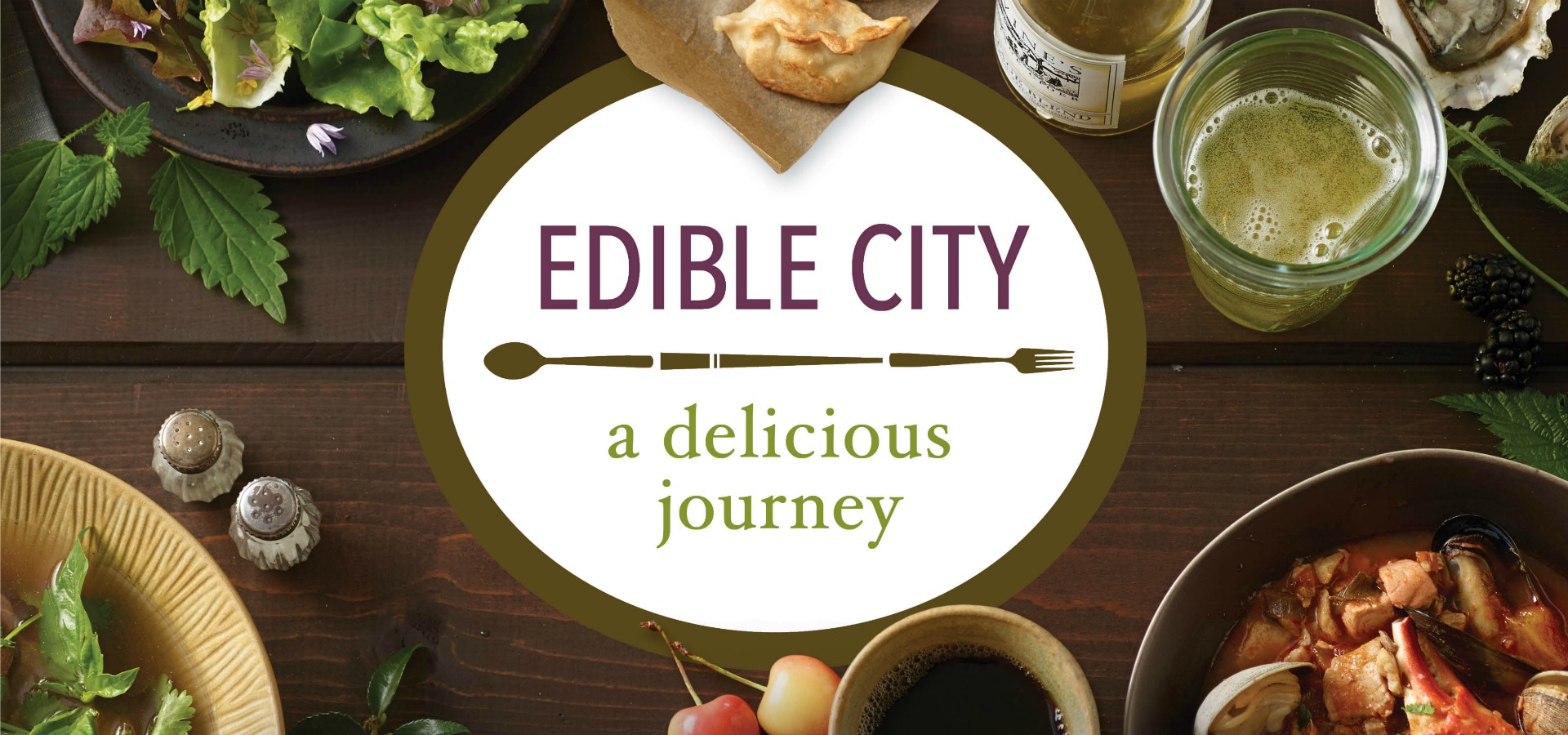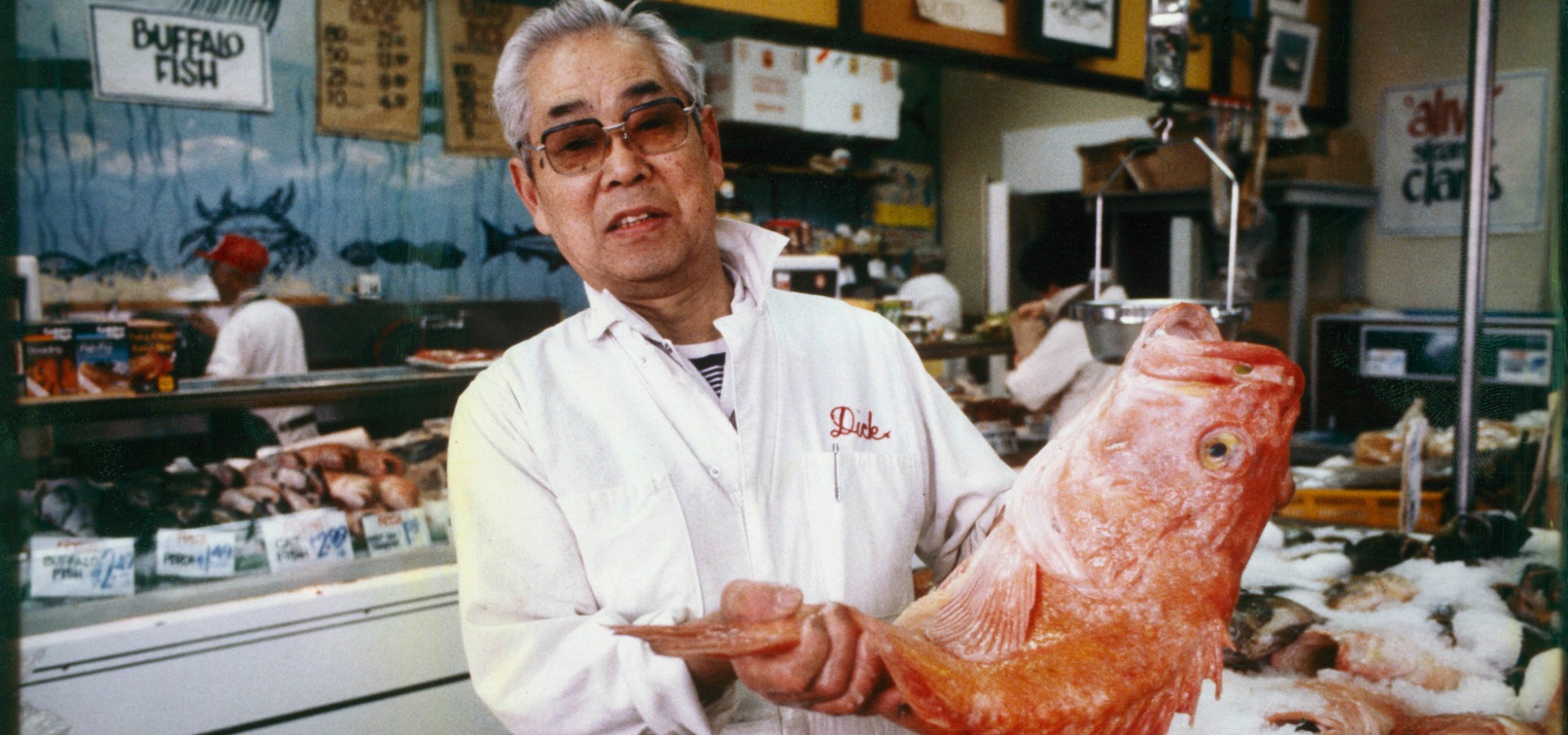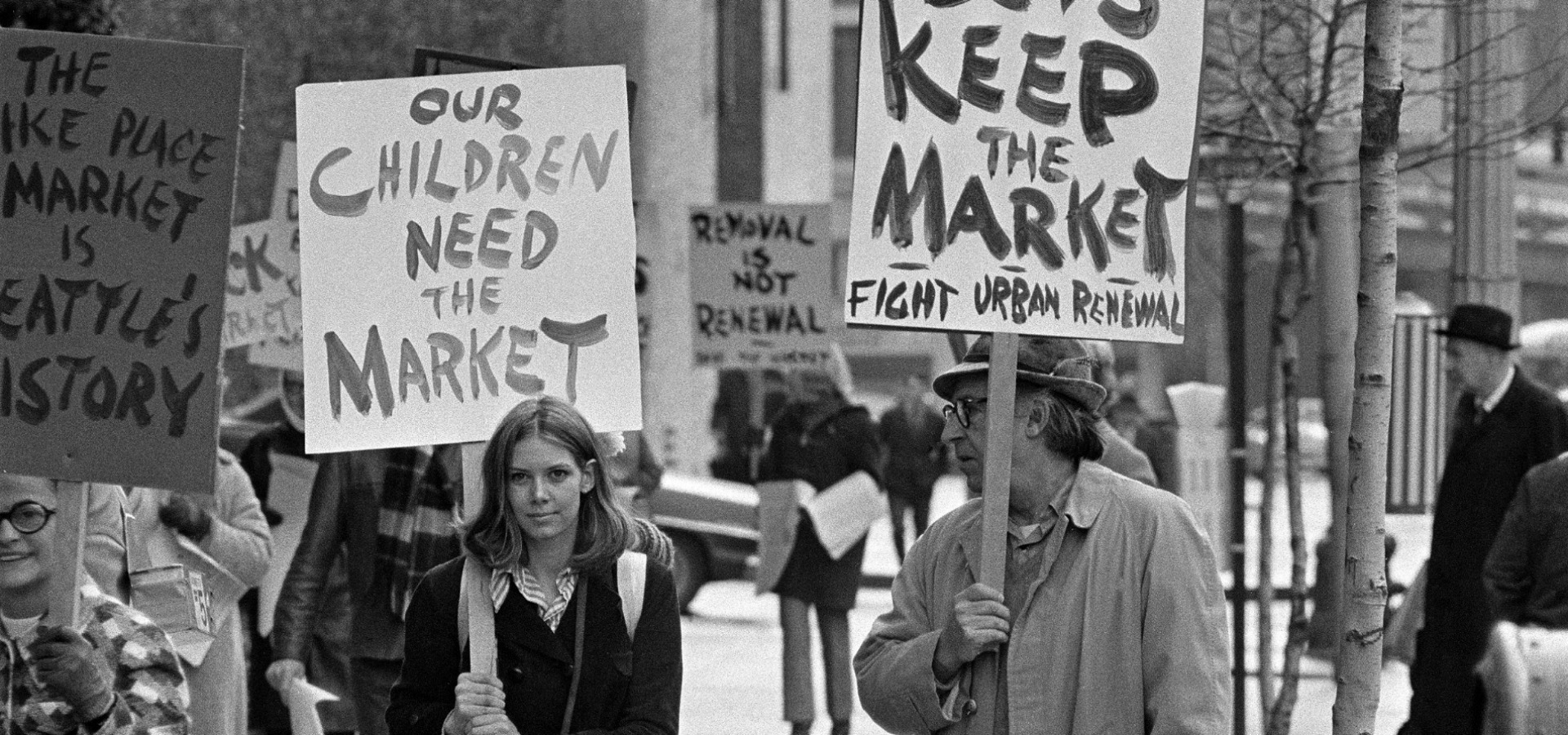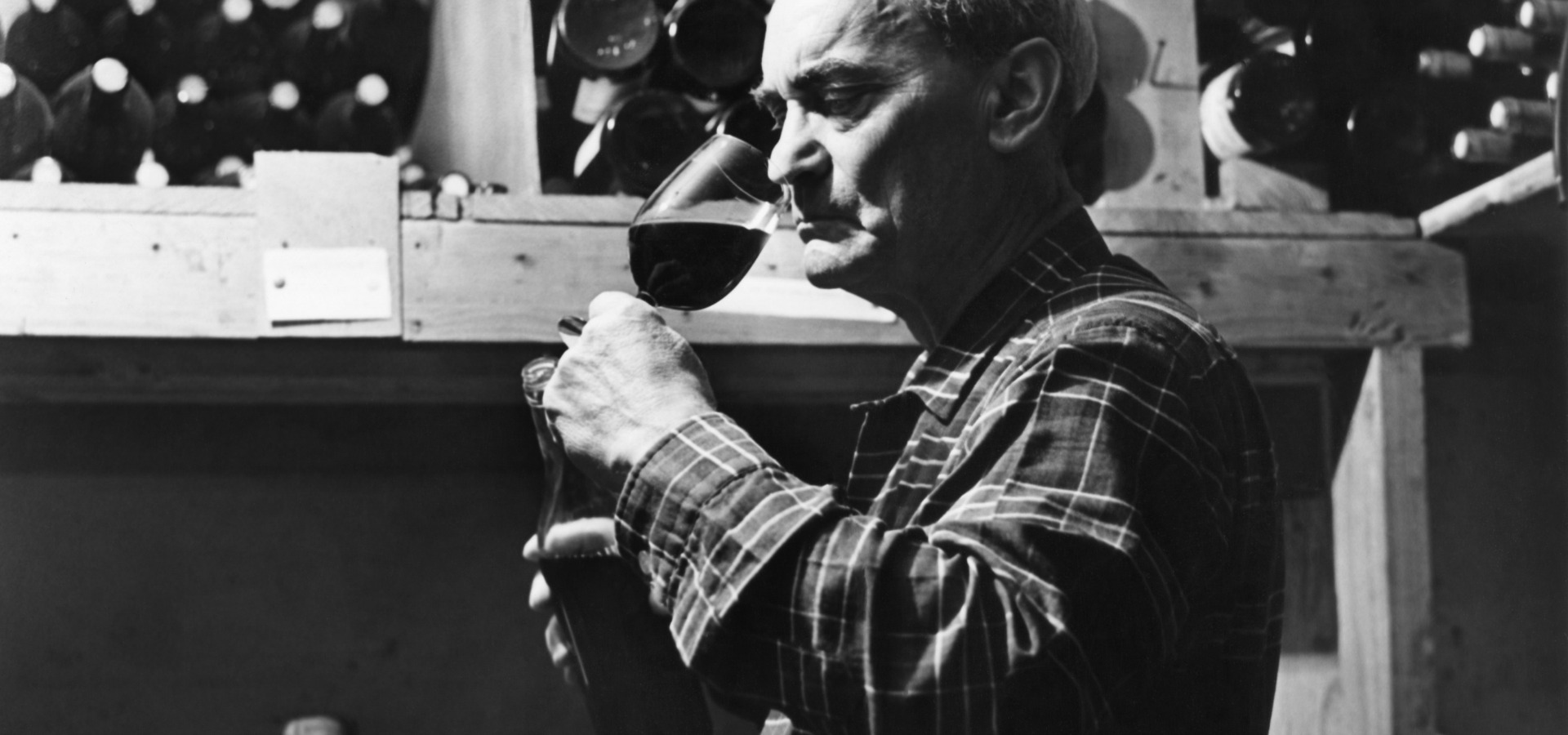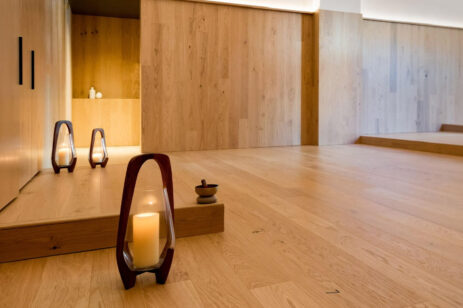How did the concept for the Edible City exhibit initially come about?
MOHAI called and asked if I was interested, and what my vision would be for a project like this. I think they’d been thinking about it internally for a few years as Seattle’s place in the national food scene kept becoming more prominent. And, of course, food is one of those topics that is accessible to everyone, and is meaningful far beyond the nuts and bolts (nuts and fruits?) of what goes in our mouths.
Have you worked on any similar projects in the past or is this a first?
I have not. In fact, when they asked if I had any questions for them at our first meeting, my first one was, “Do you realize I have done nothing like this before?” My understanding is that they have found, notably with Robert Horton’s “Celluloid Seattle,” that journalism skills carry over well to curating–the ability to research, write, and focus a story.

